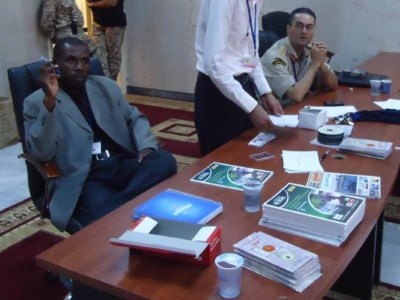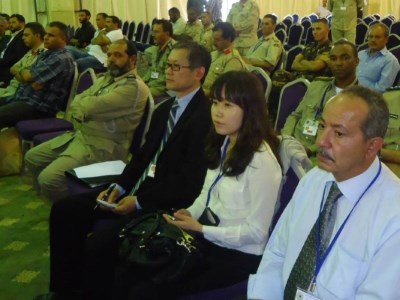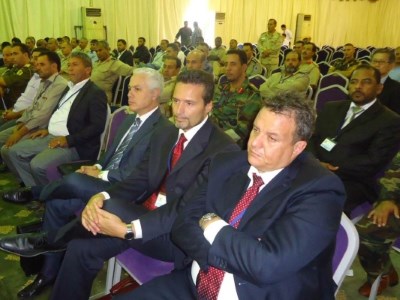Progress is being made on Canada’s Remotely Piloted Aircraft System (RPAS) project as the first two MQ-9B drones have entered production at General Atomics Aeronautical Systems Inc. (GA-ASI) in San Diego
These aircraft will be critical for testing that is set to begin in 2026, marking an important milestone in Canada’s efforts to enhance its intelligence, surveillance, and reconnaissance (ISR) capabilities.
The Canadian government awarded a contract to GA-ASI for the RPAS project in December 2023, alongside an agreement with the United States for the transfer of essential project components. The project will ultimately provide Canada with a total of 11 long-range, long-endurance MQ-9B aircraft, designed for ISR missions and precision strikes. The contract also includes six ground control stations, weapons, necessary infrastructure, and long-term sustainment support.
According to Canada’s Assistant Deputy Minister of Materiel (ADM(Mat)), the MQ-9B aircraft are expected to significantly improve the nation’s defense posture, providing robust ISR capabilities along with precision strike options. The MQ-9B is widely regarded as a versatile asset, capable of supporting a range of military and strategic operations.

The aircraft will be based at two primary locations: 14 Wing Greenwood in Nova Scotia and 19 Wing Comox in British Columbia, with control operations managed from Ottawa, Ontario. Infrastructure construction for housing and operating these remotely piloted systems is slated to begin in 2025, while the first deliveries of the RPAS are expected in 2028.
“Progress is underway for the Remotely Piloted Aircraft System (RPAS) project! The first two MQ-9B aircraft have entered production at General Atomics Aeronautical Systems Inc. (GA-ASI) in San Diego. These airframes will support testing set to begin in 2026,” ADM(Mat) posted on social media, underscoring the early progress in the production phase.
The MQ-9B, manufactured by General Atomics, is known for its advanced ISR capabilities and precision strike potential. This drone system, already in use by several NATO countries, provides enhanced situational awareness and contributes to strategic deterrence. Canada’s acquisition of these drones represents a notable step forward in modernizing its military capabilities and enhancing cooperation with key allies, particularly the United States.












 English
English  العربية
العربية 








